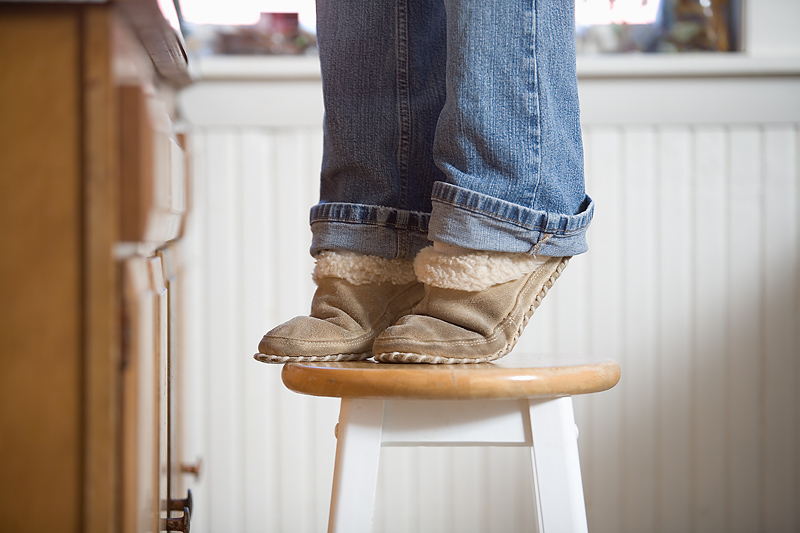TUESDAY, Dec. 13, 2016 (HealthDay News) — The millions who run, walk or play sports may think shoe inserts that cushion the foot can help prevent injuries. But a new review challenges that notion.
Only orthotics, which are actually molded to a person’s foot, seem to be able to do that job, Australian researchers reported.
“There appears to be little merit in using shock-absorbing insoles for the prevention of injury, while there is some evidence that foot [orthotics] are effective for the prevention of some injuries like stress fractures and shin pain,” said review author Daniel Bonanno. He is a lecturer in podiatry in the College of Science, Health, and Engineering at La Trobe University in Melbourne.
However, Bonanno noted that the studies the researchers evaluated weren’t done well, so whether cushioned inserts are worthless is still an open question.
“Given that the majority of studies included in our review weren’t well-designed trials, better-quality research on this topic is needed to better inform consumers and clinicians as to whether foot [orthotics] or shock-absorbing insoles can be used to decrease injury risk,” he said.
One doctor explained the difference between the two products.
Shock-absorbing cushion inserts are sold in shoe stores and drugstores for anywhere from $10 to over $100. Foot orthotics are only available at specialty stores and from foot doctors. They can cost from $200 to $400, but the cost can sometimes be offset by insurance if they are treating an existing condition, said Dr. Robert Glatter, an emergency room physician at Lenox Hill Hospital in New York City.
“There are a lot of insole products being sold on the market that advertise having a shock-absorbing quality,” Glatter said.
“Insoles may reduce shock, but have no significant arch, and thus do not provide adequate support,” he added. “That said, combining shock-absorbing qualities with adequate support [orthotics] may ultimately be the answer.”
For most people who engage in moderate physical activity or sports, investing in foot orthotics may not be necessary. But someone who suffers from foot or back problems may benefit from using them, Glatter said.
In the study, Bonanno and his colleagues analyzed 11 trials that evaluated orthotics and seven trials that evaluated shock-absorbing insoles.
The main findings of the review were that foot orthotics seemed to help prevent overall injuries, shin pain and some stress fractures of the foot and leg. Shock-absorbing insoles, however, did not.
Specifically, foot orthotics reduced the risk of overall injury by 28 percent, while they cut the chances of a stress fracture by 41 percent. However, they did not lower the incidence of tendon or muscle injuries, or knee and back pain, the researchers said.
Shock-absorbing insoles didn’t lessen the risk of any type of injury. And one trial suggested they might even increase the risk of injury, the review found.
The report was published Dec. 12 in the British Journal of Sports Medicine.
More information
Visit the Pedorthic Footcare Association for more on foot orthotics.
Copyright © 2025 HealthDay. All rights reserved.

